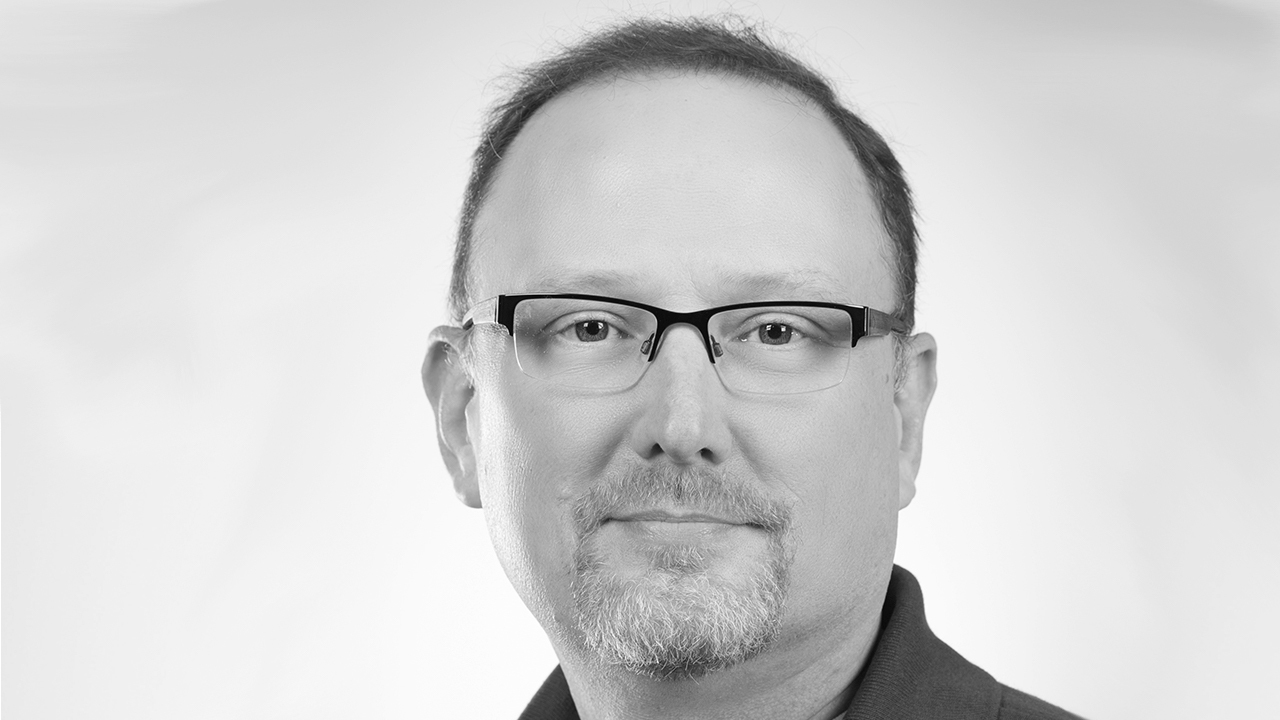
Ken Webb, a research associate in aquaculture at UW-Green Bay, is working to ensure the Wisconsin tradition of eating fresh perch on a Friday night stays; and stays sustainably.
Currently, Webb along with a team of conscious “food-minded” people are establishing The Farmory, a fish hatchery. Rooted in the firm belief that every member of a community should have access to healthy, locally grown food and the importance of a sustainable agricultural business model, The Farmory is creating conversation and awareness among their community on key steps to a better future, such as encouraging zero waste and fostering more local partnerships.
Being from the south, what brought you to Wisconsin? Had you heard about the Wisconsin fish fry tradition before moving here?
I know it sounds flippant, but seasons brought me here. I was working down in very South Texas and though I loved the work, I often described the two seasons there as “hot” and “windy.” My wife and I have had the chance to travel quite a bit and despite both of us being born and raised in the South, we learned that it wasn’t necessary to live without four seasons. Therefore, once we both finally got fed up with 80 degrees and mosquitos in December we decided to look for some place a bit more northerly. I had heard of the Friday Night Fish Fry through my connection to aquaculture but I was still amazed to find bars with three tables and five bar stools selling perch plates.
Can you explain what exactly aquaculture is and how the industry has evolved until now?
Aquaculture is agricultural production of aquatic organisms, principally fish or shellfish. While most people consider aquaculture a “new” form of agriculture, it was actually practiced in the Middle East and Eastern Asia as early as 3000 B.C. By the time of the Roman Empire, fish culture spread throughout the empire and has continued in most European and Asian countries ever since.
What is relatively new however is the concept of intensive aquaculture. Unlike traditional methods where fish were kept in pens or ponds and left to feed on waste products from other forms of agriculture (polyculture), intensive aquaculture increases the production of fish by providing aeration and feeds designed solely for the fish. Intensive aquaculture in the U.S. can be traced back to the widespread growth of catfish ponds in the Mississippi Delta and the spread of trout culture throughout the northern and central states around the turn of the 20th Century.
Unfortunately for the U.S. however, aquaculture typically demands large amounts of land, water and labor—all of which have become increasingly expensive. This means that currently, most aquaculture operations have moved to regions like Central America or East Asia where land and labor is substantially cheaper. Only relatively recently have concerns over environmental destruction due to the increase in culture, carbon costs of transportation and unsafe culture practices tipped the scales back to making U.S. aquaculture profitable again.
What interests you about fish in choosing it to be your principal model as a nutritional physiologist?

My interests lie in the development of feeding and metabolism in vertebrates. Fish are a remarkable model for this since in a single spawning event, fish can produce hundreds to millions of eggs all containing true siblings which allows me to reduce variation due to genetics.
Furthermore, in the case of altricial larvae like most of those I work with the early larvae is essentially a free swimming embryo that is dependent upon maternally supplied nutrients in the yolk and oil. This means that through the techniques of micro-injection I can alter the nutrients, hormones, or mRNA available to as many of these individuals as necessary to investigate their roles in development.
Finally, fish are immensely interesting to me since there are more than 100 distinct species currently cultivated around the world and these can be as dramatically different in form as eels and tuna.
How does your work with The Farmory align with your research and career goals?
Unlike many of the more commonly cultured freshwater fish, yellow perch have an altricial rather than a precocial larva. This makes them much more interesting to me right off the bat since my research has long focused on altricial larvae. Beyond my own particular field however, yellow perch are something of an enigma. Yellow perch are a fantastic food fish due to their extremely low tissue lipid and carbohydrate levels. This makes them an extremely healthy meat option especially when compared to beef, pork, or poultry.
Furthermore, there is an enormous market for them throughout the Midwest resulting in a very attractive price for producers. Despite these facts their culture has largely remained stagnant for the past 20-plus years. For Wisconsin, this marks a distinct under-utilization of labor and resources that could be used to generate a substantial new agriculture industry. For myself, it represents an industry that can support both my personal research goals and my long-term professional goals at the same time.
Why did your work with The Farmory focus on perch? Were there any challenges presented when working with this species?
Perch is one of those foods that is as important to Wisconsin as cheese or beer. The “Friday Night Fish Fry” is a cultural phenomenon here and I would be hard put to name a single bar or restaurant in the area that doesn’t include a perch plate on it's Friday night menu. And yet, if you go a bit deeper into any one of these menus, more than 90% of the perch served in Wisconsin restaurants is imported from Canada. Part of the founding mission of The Farmory was to provide healthy, sustainable fish to our local communities and perch is the logical starting place for this mission.
As to difficulties, perch are much more difficult to rear than something like a walleye or a trout. This is really the reason I am here. If perch were easy, then there would already be a hatchery in every county and Wisconsin would be exporting its excess fish to other Midwest states.
How did the funding awarded to you by WiSys impact your work with The Farmory?
Simply put, without WiSys funding to bring me here The Farmory wouldn’t have perch. Perch are hard to raise from the egg even for experienced aquaculturists and The Farmory is largely made up of volunteers with little to no biology experience much less experience with live prey items and feeding baby fish. While we are not yet at our goal of 500,000 fingerlings per year, The Farmory staff has already demonstrated that indoor intensive perch culture is a viable business model and has recently dedicated funding to increase the number of fish tanks from four to seventeen in order to meet production targets.
INNOVATIVE PEOPLE YOU SHOULD KNOW is an ongoing series highlighting the best and brightest students, faculty and staff from the UW System who do innovative research, have innovative business ideas or inspire others to be innovative.
